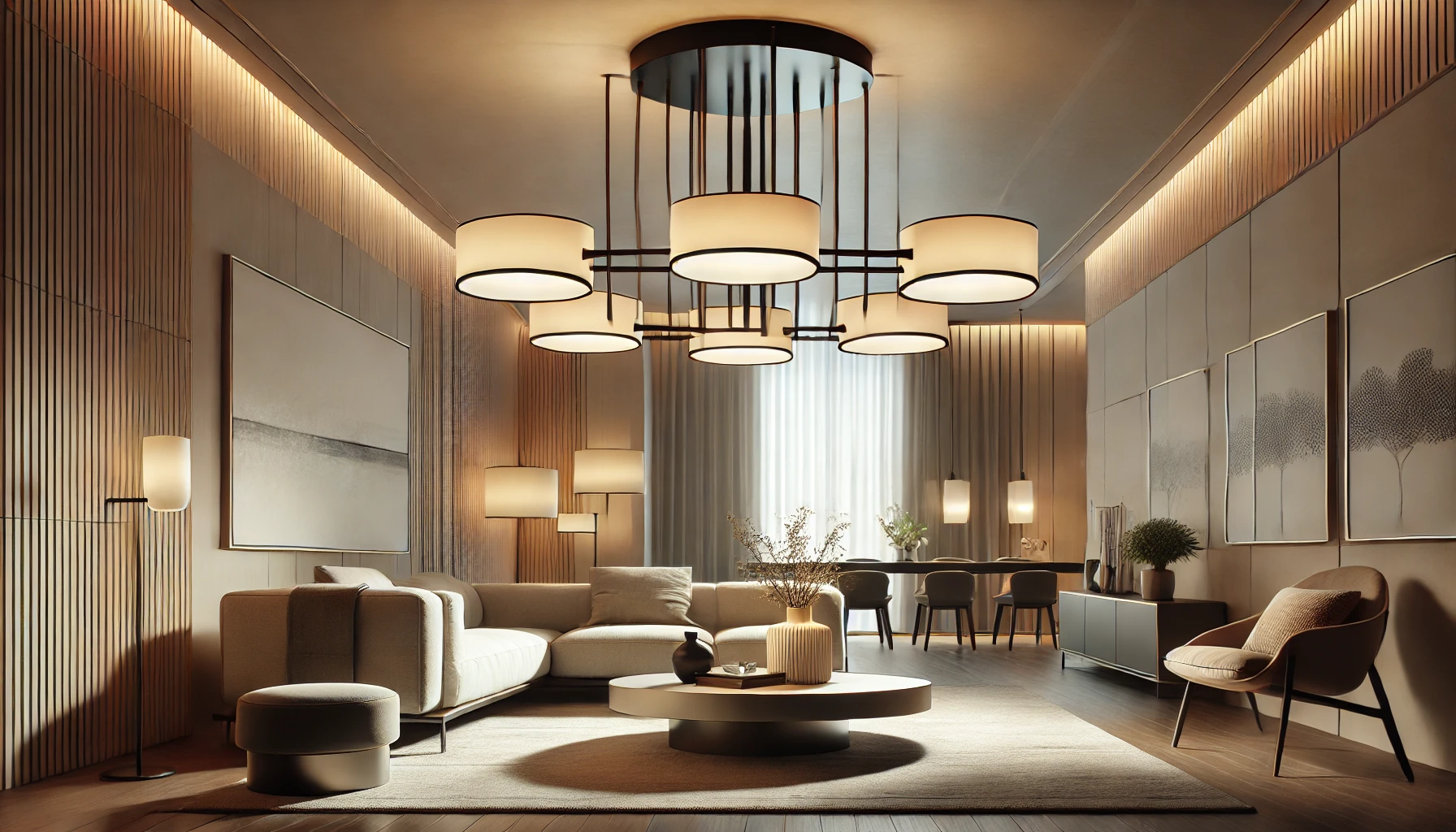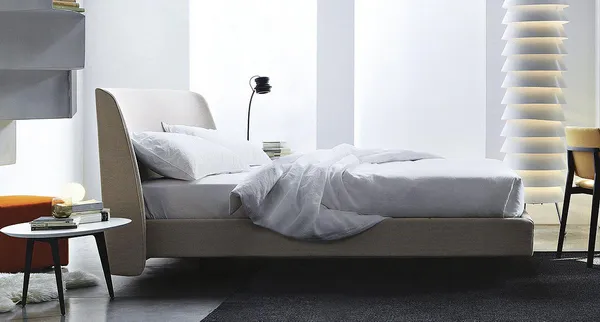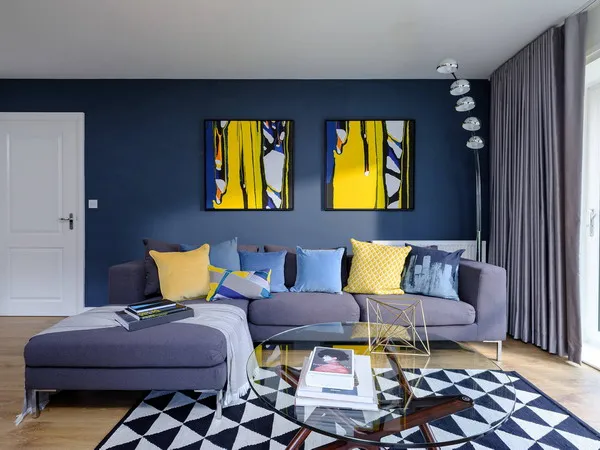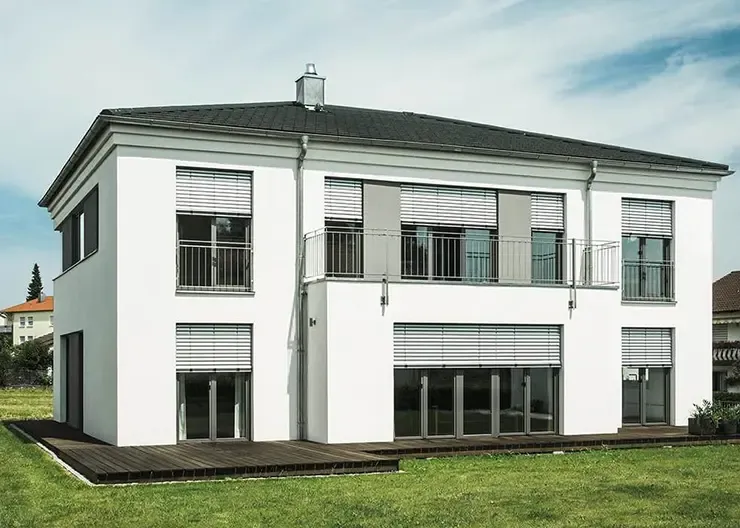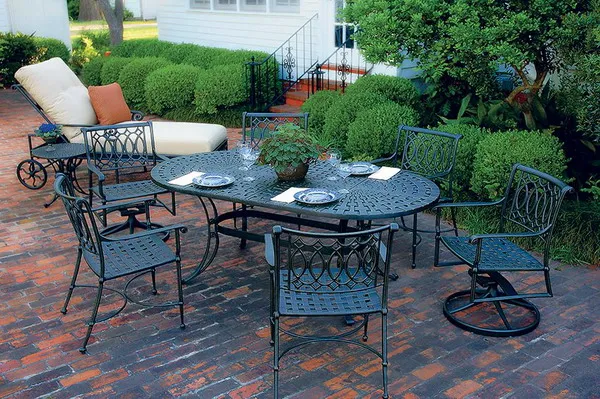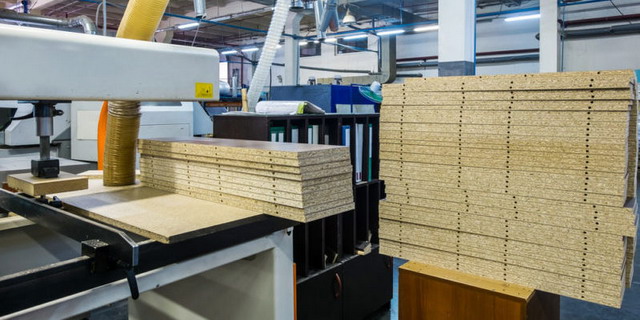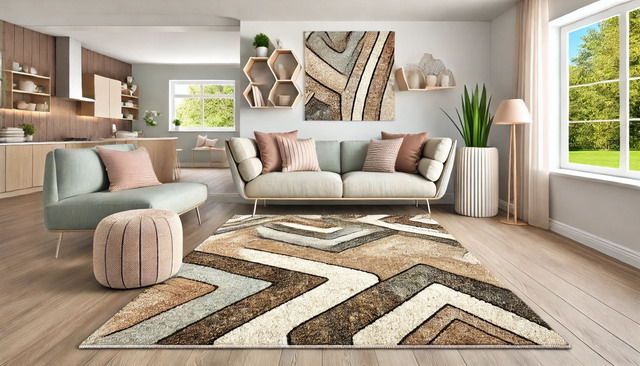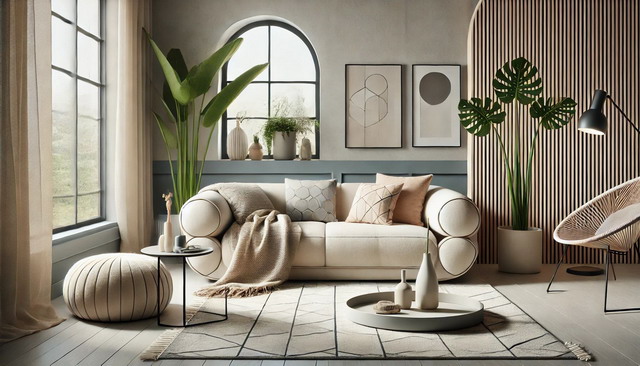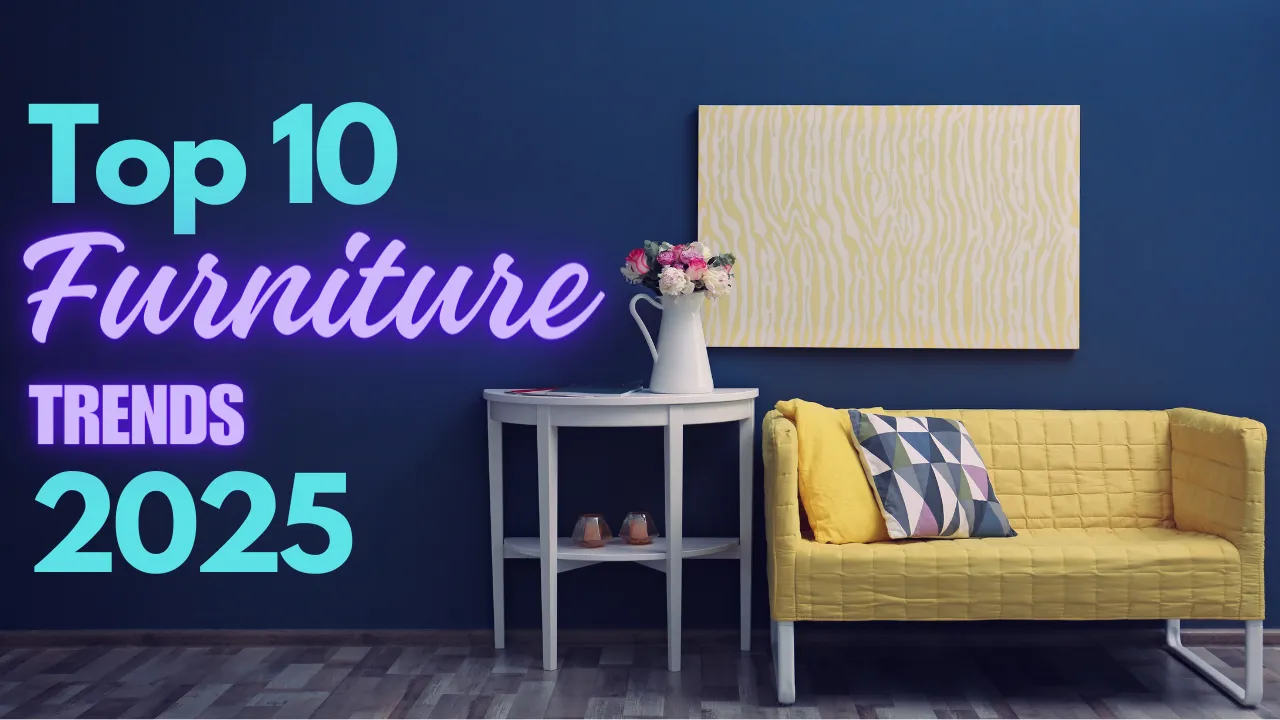Lighting Fixture Trends of 2025
Last Updated on August 2, 2024 by Mutiara
Lighting fixtures are evolving rapidly, reflecting current demands for functionality and aesthetics. The top trends for 2025 will emphasize smart technology, sustainability, and innovative designs that cater to modern lifestyles. As homeowners and designers seek to create unique spaces, understanding these trends will guide them in making informed decisions that enhance their environments.
Among the key influences shaping the future of lighting are minimalist styles and biophilic elements. These trends not only prioritize clean lines and natural inspiration but also encourage the integration of eco-conscious materials. Anticipating these changes can provide valuable insights into creating both stylish and meaningful spaces.
Adopting these lighting trends offers an opportunity for individuals to redefine their spaces with modern sophistication. The advancements in lighting technology and design principles will resonate throughout homes, businesses, and public areas alike.
Key Takeaways
- Smart lighting solutions are becoming a staple in modern design.
- Eco-friendly materials and styles are gaining popularity.
- Minimalist and biophilic designs are reshaping interior aesthetics.
The Rise of Smart Lighting
Smart lighting is becoming increasingly popular, reflecting a shift towards integrated technological solutions in homes and workplaces. This trend encompasses various features such as compatibility with smart home systems, control through voice and apps, and the development of adaptive lighting technologies.
Integration with Smart Home Systems
Smart lighting systems now easily integrate with existing home automation setups. They connect with hubs like Amazon Alexa, Google Assistant, and Apple HomeKit.
This integration allows users to control lights alongside other smart devices, enhancing convenience.
For instance, users can set up routines that adjust lighting based on time of day or specific activities, such as movie nights or dinner parties.
Seamless integrations provide users with a unified control experience. This functionality not only improves usability but also contributes to energy savings.
Voice and App Control Options
Voice control is a notable feature of smart lighting, enabling users to adjust settings hands-free. Popular devices like smart speakers allow commands such as “dim the lights” or “turn on the living room lights.”
App control further enhances user experience by offering customization options. Mobile applications enable users to set schedules, change colors, and group lights by rooms.
The convenience of managing lighting remotely also serves a security purpose. Users can simulate occupancy by controlling lights from afar, deterring potential intruders.
Adaptive Lighting Technologies
Adaptive lighting adjusts automatically based on environmental conditions or user preferences. This technology can be found in products that change brightness or color temperature throughout the day.
For example, lights may be cooler in the morning to energize inhabitants and warmer in the evening to create a relaxing atmosphere.
Such systems often rely on sensors and algorithms to optimize lighting according to natural sunlight levels.
The benefits extend beyond comfort; studies suggest that adaptive lighting can improve mood and productivity. This illustrates how lighting technology is evolving to enhance user well-being.
Sustainable and Eco-Friendly Designs
Sustainable lighting fixtures focus on minimizing environmental impact while enhancing aesthetics. Key trends include energy-efficient technologies, the use of recycled materials, and designs inspired by natural forms.
Energy-Efficient LED Innovations
LED technology continues to evolve, providing advanced energy efficiency and longer lifespans. Modern LEDs consume up to 75% less energy compared to traditional incandescent bulbs, significantly reducing carbon footprints.
These innovations also embrace smart technologies, allowing users to control brightness and adapt lighting to their needs. Furthermore, advancements in color temperature and dimming options enhance the ambience of spaces while maintaining sustainability.
The integration of solar-powered options adds to the appeal, harnessing renewable energy sources for outdoor lighting solutions. This blend of aesthetic and functionality positions LED innovations at the forefront of sustainable design.
Use of Recycled Materials
Recycling plays a significant role in the creation of sustainable lighting fixtures. Designers increasingly incorporate materials like reclaimed wood, recycled metals, and repurposed glass into their products.
This approach not only conserves resources but also offers a unique aesthetic. Each piece tells a story, bringing character and individuality to spaces. By choosing recycled materials, manufacturers can reduce waste and lower their environmental impact.
Brands often highlight their commitment to sustainability, appealing to environmentally conscious consumers. This shift in mindset leads to more responsible purchasing decisions, encouraging a culture of recycling and sustainability in the home.
Organic Forms and Natural Inspirations
Designers are drawing inspiration from nature, resulting in lighting fixtures that mimic organic forms. Shapes resembling plants, trees, and natural landscapes create a harmonious connection between indoors and outdoors.
These designs often utilize earth-tone palettes and natural finishes, promoting a tranquil environment. The use of sustainable materials enhances this effect, reinforcing the concept of harmony with nature.
Additionally, the incorporation of biophilic design principles supports well-being and productivity. Spaces featuring such lighting solutions often experience improved mood and lower stress levels, highlighting the benefits of creating an ecosystem-inspired environment.
Minimalist Aesthetics
Minimalist aesthetics focus on simplicity, functionality, and understated elegance. This design philosophy emphasizes clean lines and neutral color palettes, creating a serene environment that enhances the beauty of lighting fixtures.
Clean Lines and Simple Forms
Cleaning up design involves using fixtures that feature straight lines and uncomplicated shapes. This approach allows lighting to serve its primary purpose without unnecessary embellishments.
Fixtures such as linear chandeliers, cylindrical pendants, and geometric wall sconces embody this trend. These designs often utilize materials like metal and glass to reinforce their sleek profiles.
Minimalism promotes an uncluttered space, which can enhance the visual appeal of a room. The emphasis on simple forms not only makes the lighting more versatile but also ensures that fixtures complement various interior styles seamlessly.
Neutral Color Palettes
Neutral color palettes are central to minimalist lighting design, enabling greater harmony within a space. Shades such as whites, grays, and muted tones allow fixtures to blend into the background or stand out subtly.
Lighting in soft finishes or matte textures helps achieve a cohesive look. When colors are soft, they tend to reflect light more evenly, enhancing the serenity of the environment.
Choosing fixtures in these palettes ensures that the focus remains on the light itself rather than the fixture’s color. This approach allows homeowners to experiment with various decor styles while maintaining a minimalist aesthetic.
Bold Geometric Patterns and Shapes
In 2025, lighting fixtures featuring bold geometric patterns and shapes are expected to dominate the design landscape. These styles combine aesthetics with functionality, transforming spaces into modern art galleries.
Sculptural Fixtures as Art Pieces
Sculptural lighting fixtures serve as much more than mere sources of illumination; they are also significant artistic statements. Designers are increasingly creating captivating pieces that incorporate elements like cubic forms, triangular shapes, and spiral designs.
Materials such as metal, glass, and wood often form the basis of these fixtures, creating a contrast that enhances visual interest. These installations can seamlessly fit into various decor styles, from industrial to minimalistic, while drawing attention and sparking conversation.
The versatility of sculptural fixtures allows them to stand alone or complement a room’s overall design. Their unique forms challenge traditional perceptions of lighting while injecting personality into the spaces they occupy.
Dynamic Angles and Intersecting Forms
Dynamic angles and intersecting forms introduce a sense of movement into lighting design. Fixtures featuring sharp lines and intersecting geometric shapes create visual excitement, making them ideal for modern settings.
These designs often include elements like hexagons, octagons, and asymmetrical layouts that create depth and intrigue. When combined with integrated LED technology, these fixtures not only illuminate but also act as focal points in any room.
Color plays a crucial role, with designers leaning towards bold hues like deep blues, emerald greens, and fiery reds to enhance the geometric features. This trend allows for customization, enabling homeowners to select pieces that resonate with their individual style while contributing to a vibrant atmosphere.
Biophilic Design Elements
Incorporating biophilic design elements into lighting fixtures reflects a growing interest in connecting indoor spaces with nature. This includes the integration of living plants and simulating natural light cycles, enhancing well-being and aesthetic appeal.
Integration of Living Plants
The integration of living plants within lighting fixtures is becoming increasingly popular. Designers are creating fixtures that incorporate planters, allowing plants to thrive in areas with adequate light.
Benefits:
- Air Quality: Plants can improve indoor air quality by filtering pollutants.
- Aesthetics: The combination of greenery and lighting creates a visually appealing atmosphere.
Key materials for these fixtures may include sustainable options such as bamboo or recycled metals. Technologies like LED grow lights enable plants to flourish even in low-light environments.
Simulating Natural Light Cycles
Simulating natural light cycles in lighting design aims to replicate the varying intensity and color of sunlight throughout the day. This approach helps regulate circadian rhythms and improves mood.
Key Features:
- Tunable White Light: Fixtures can adjust from warm to cool tones, enhancing comfort.
- Dynamic Brightness: Gradual changes in brightness mimic sunrise and sunset.
Smart home systems are increasingly incorporating these features, allowing users to customize their lighting environment. Incorporating sensors can optimize this experience by adjusting light in response to natural light levels.
Advancements in Light Color Variability
Recent innovations in light color variability are transforming how spaces are illuminated. These advancements enhance aesthetic appeal while supporting varying functional needs. The emphasis is on color tuning capabilities and human-centric lighting solutions.
Color Tuning Capabilities
Color tuning technology allows for dynamic adjustment of light colors to suit different environments and activities. With the ability to shift between warm and cool tones, this approach supports mood enhancement and energy efficiency.
Key Features:
- Adjustable color temperatures range from 2700K to 6500K.
- Integration with smart home systems for personalized settings.
- Enhanced energy efficiency through optimized light output.
Users can experience richer colors that enhance decor, improving both functionality and ambience. This versatility is essential in residential, commercial, and institutional settings, where adapting to natural light variations is beneficial.
Human-Centric Lighting Solutions
Human-centric lighting focuses on aligning artificial light with natural circadian rhythms. This approach fosters well-being and productivity in various environments, particularly in workplaces and healthcare settings.
Core Elements:
- Use of tunable white light that mimics daylight.
- Benefits such as improved mood, reduced eye strain, and better sleep quality.
- Incorporation of sensors to adapt light according to time of day or user activity.
By aligning lighting design with human biological needs, these solutions can significantly impact health, productivity, and comfort, creating spaces that resonate well with users’ daily cycles.
Industrial Influence and Exposed Elements
The industrial trend continues to shape lighting design in 2025. It emphasizes raw materials and a functional aesthetic.
Key Characteristics:
- Exposed Bulbs: Popular in both residential and commercial settings, these bulbs showcase the design and technology of lighting.
- Metal Finishes: Brushed nickel, brass, and blackened steel are common. They provide a rugged, unfinished look.
- Utilitarian Styles: Fixtures often feature minimalist designs that prioritize function over ornamentation.
Textures play a significant role. Incorporating elements like concrete, wood, and glass creates contrast and adds depth.
Notable Designs:
- Pipe Fixtures: These fixtures mimic plumbing elements and offer a bold statement in any space.
- Caged Lighting: This design protects the bulb while allowing light to shine through, creating an industrial look.
Applications:
- Loft Spaces: This style fits perfectly in modern lofts, where open spaces and sleek designs coexist.
- Restaurants and Cafés: Many establishments utilize industrial lighting to create a warm yet urban atmosphere.
These elements reflect a broader trend toward authenticity and simplicity in design. The combination of industrial influences and exposed elements appeals to those seeking a stylish yet practical approach to lighting.
Innovative Installation Techniques and Locations
Lighting design is evolving rapidly, with unique installation techniques and creative placements enhancing both functionality and aesthetics. By embedding fixtures and utilizing unexpected locations, designers can create striking visual impacts.
Embedded Lighting
Embedded lighting integrates fixtures directly into architectural elements. This technique allows for seamless integration, providing ambient or task lighting without compromising design aesthetics.
Common applications include:
- Flooring: Embedded lights in floors can guide pathways or highlight architectural features.
- Ceilings: Cove lighting in ceilings can create soft illumination, enhancing a room’s ambiance.
- Walls: Fixtures placed within wall panels can provide direct or indirect lighting, adding depth to interiors.
This approach reduces clutter from hanging fixtures and makes spaces feel more expansive. It is particularly effective in modern designs, where clean lines and minimalism are prioritized.
Unexpected Placement for Dramatic Effect
Placing lighting fixtures in unconventional locations can alter a room’s dynamics significantly. This bold approach adds a layer of creativity and surprise to spaces.
Strategies to consider include:
- Above Artworks: Installing lights above art pieces can draw attention and create focal points.
- Under Shelves: Lighting beneath shelves enhances the display of items and adds warmth.
- Behind Furnishings: Fixtures hidden behind furniture can cast ambient light, softening harsh shadows.
These placements invite curiosity and engagement from viewers. By moving lighting away from traditional spots, they enjoy a refreshed and modern feel while maintaining usability in the interior layout.
Retro and Vintage Styles Reimagined
Retro and vintage lighting fixtures are making a strong comeback in 2025. Designers are drawing inspiration from past decades, infusing them with contemporary elements.
Key Features:
- Materials: Common materials include brass, glass, and wood, offering a nostalgic feel while ensuring durability.
- Colors: Earthy tones and pastels dominate, reminiscent of the 60s and 70s, alongside bold jewel tones for a modern twist.
Popular Styles:
- Mid-Century Modern: Characterized by clean lines and organic shapes, this style remains influential.
- Art Deco: Known for its geometric patterns and luxurious materials, it adds elegance to modern spaces.
- Industrial Vintage: Blending raw materials with antique finishes, this trend reflects urban aesthetics.
These fixtures often incorporate contemporary technology, such as LED lighting, making them both stylish and energy-efficient. The blend of retro aesthetics with modern functionality appeals to a wide audience.
Applications:
- Residential Spaces: Kitchens, dining areas, and living rooms benefit from these styles, creating inviting atmospheres.
- Commercial Settings: Restaurants and boutiques utilize vintage-inspired fixtures to enhance their ambiance, attracting customers.
In 2025, retro and vintage lighting continues to evolve, emphasizing a harmonious mix of nostalgia and contemporary design. This trend demonstrates the versatility and timelessness of vintage styles in modern interiors.
